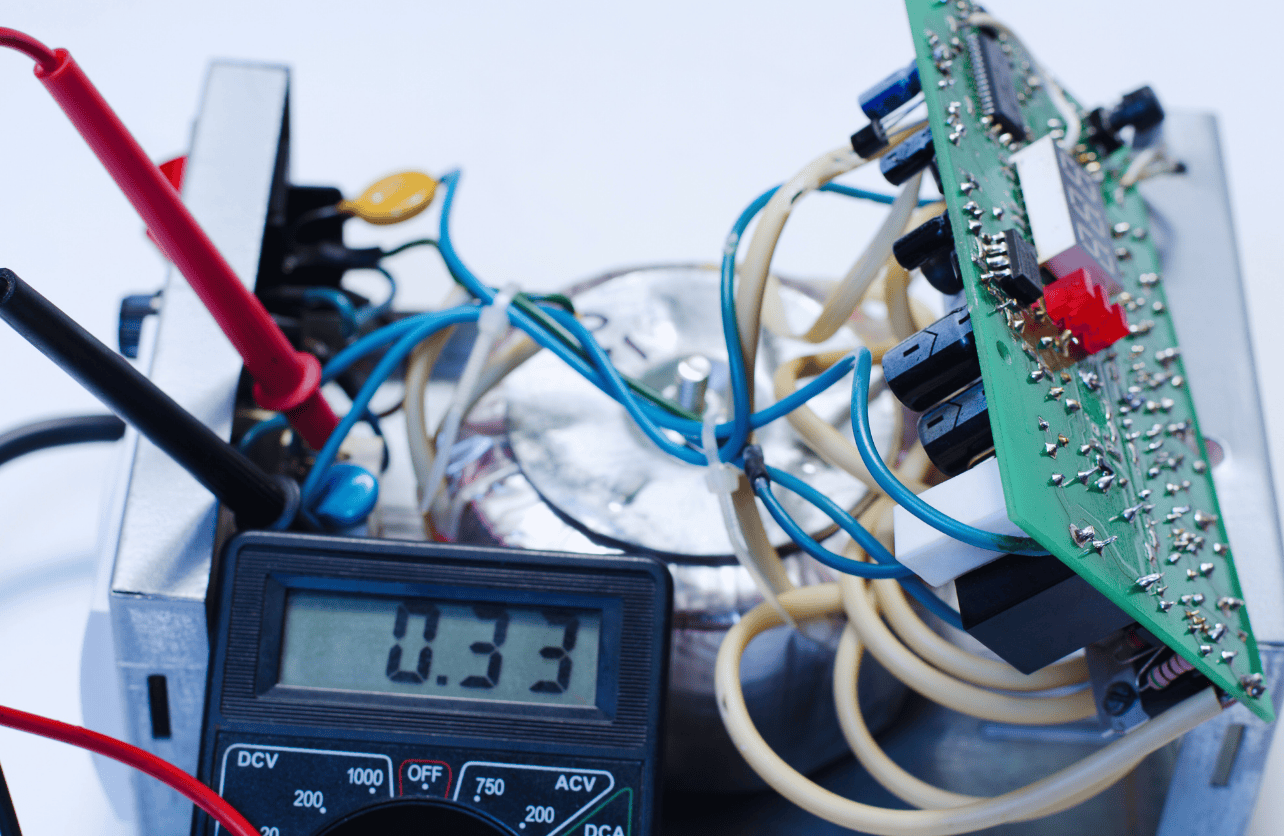Do Capacitors Discharge on Voltage Drops?

Capacitors are essential components in electrical circuits, known for their ability to store and release energy. But what happens when there’s a voltage drop? The short answer: capacitors discharge. This behavior is fundamental to how they work and is key to their use in electronics. Let’s explore how capacitors discharge and why this process matters in practical applications.
How Do Capacitors Work?
Capacitors store energy in an electric field between two plates. When connected to a power source, they charge up, creating a voltage difference across their terminals.
When the circuit changes—such as when the power source is removed or a discharge path is established—the capacitor releases its stored energy. This release of energy, known as discharging, happens in a predictable way, allowing capacitors to play critical roles in timing, filtering, and energy storage applications.
What Happens During Discharge?
When a capacitor begins to discharge, the voltage across its terminals decreases. This process doesn’t happen instantly but rather follows an exponential decay pattern:
- Initial State:
- The voltage starts at its maximum (the charged voltage).
- Exponential Decay:
- As the capacitor releases its energy, the voltage decreases gradually, following the circuit’s resistance and capacitance values.
- Final State:
- After a certain amount of time, the voltage becomes effectively zero, and the capacitor is fully discharged.
The Time Constant (τ)
The speed at which a capacitor discharges is determined by the time constant (τ), calculated using this formula:
τ = R × C
- R: Resistance (in ohms, Ω)
- C: Capacitance (in farads, F)
What It Means:
- After one time constant (τ), the voltage drops to about 37% of its original value.
- After five time constants, the capacitor is considered fully discharged.
The Discharge Equation
To predict the voltage across a discharging capacitor at any given time (t), use this formula:
V(t) = V₀ × e^(-t / RC)
Where:
- V₀: Initial voltage
- t: Time elapsed (in seconds)
- R: Resistance (Ω)
- C: Capacitance (F)
- e: Euler’s number (~2.718)
This equation demonstrates the exponential nature of the discharge process and is particularly useful for designing circuits with precise timing and behavior.
Why Capacitor Discharge Matters
The ability of capacitors to discharge in a controlled manner makes them invaluable for various applications, including:
- Timing Circuits: Capacitors control the timing of events, such as blinking LEDs or oscillators.
- Power Supply Systems: They smooth voltage fluctuations by charging and discharging rapidly.
- Filters: Capacitors filter out unwanted frequencies in audio and signal processing systems.
Safety Tips for Handling Capacitors
Capacitors can retain a charge even when the circuit is powered off, which can be hazardous. To safely discharge a capacitor:
- Turn off power to the circuit.
- Use a resistor to connect the capacitor’s terminals, allowing a gradual and safe discharge.
- Confirm the voltage has dropped to zero with a voltage tester before touching the terminals.
Never: Discharge a capacitor by shorting it with a screwdriver or similar tool—this can cause sparks and damage components.
Final Thoughts
Capacitors discharge during voltage drops in a predictable and controlled manner. This process underpins their use in timing, energy storage, and filtering applications. Whether you’re designing circuits or troubleshooting, understanding how capacitors discharge can help you make smarter decisions and work more safely.